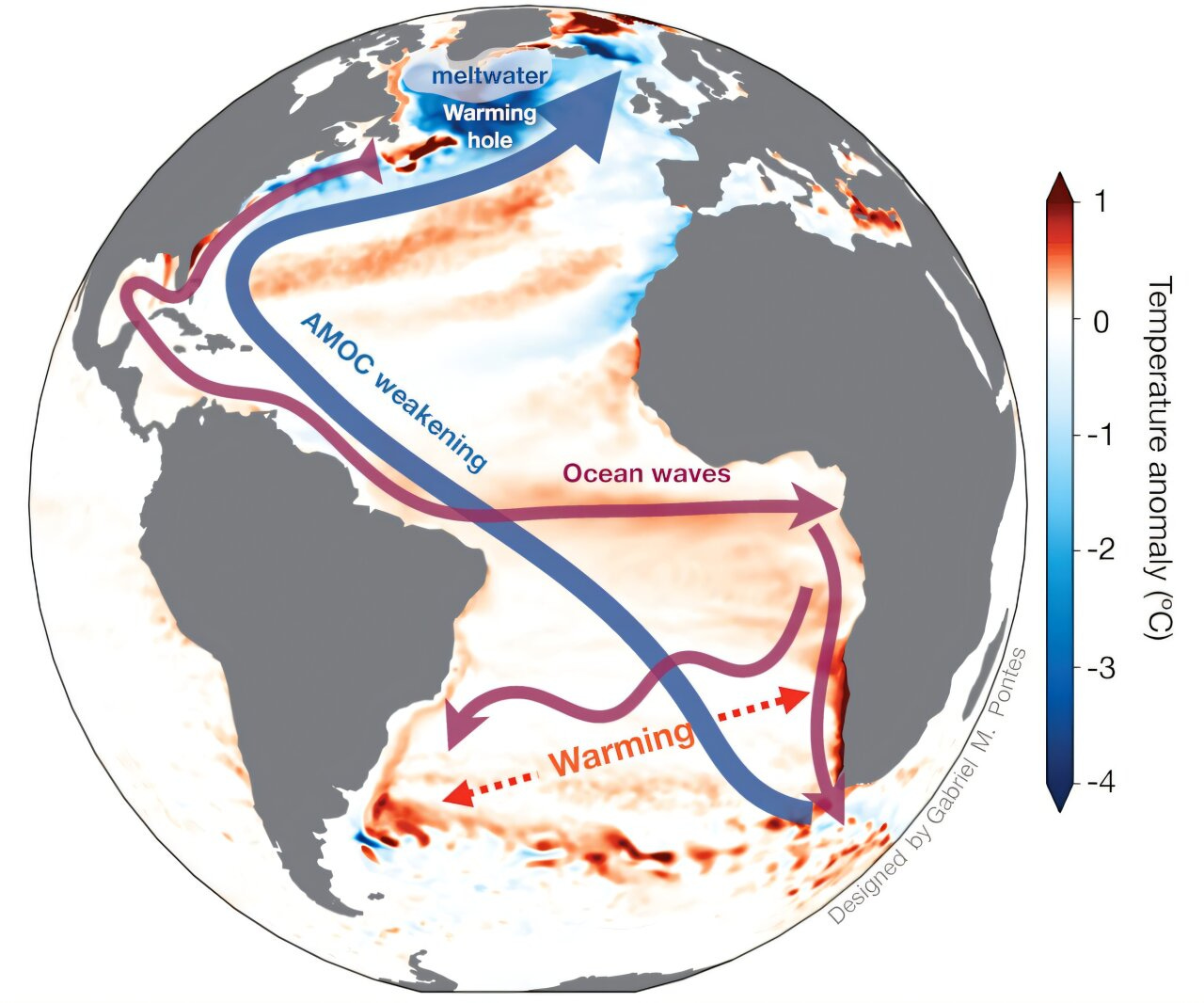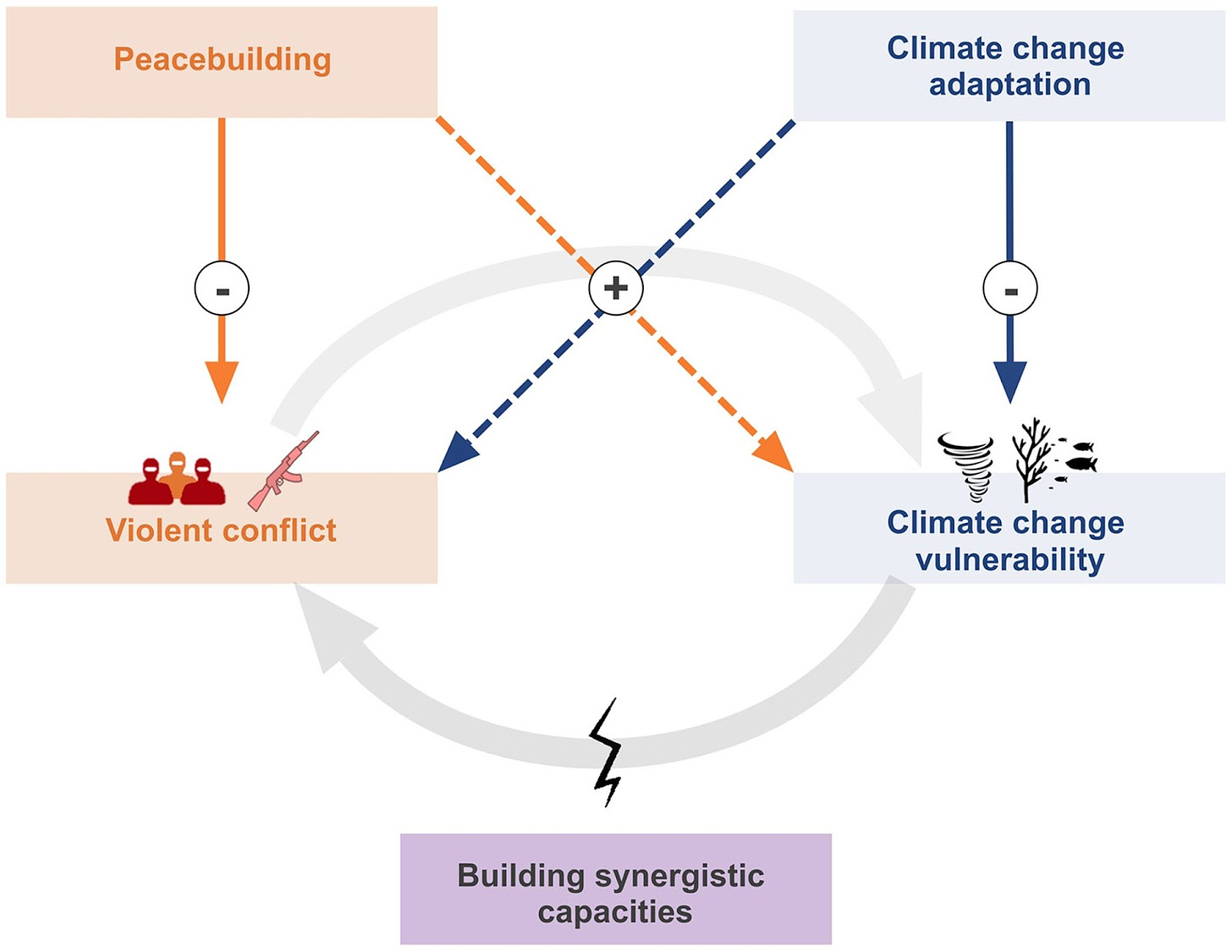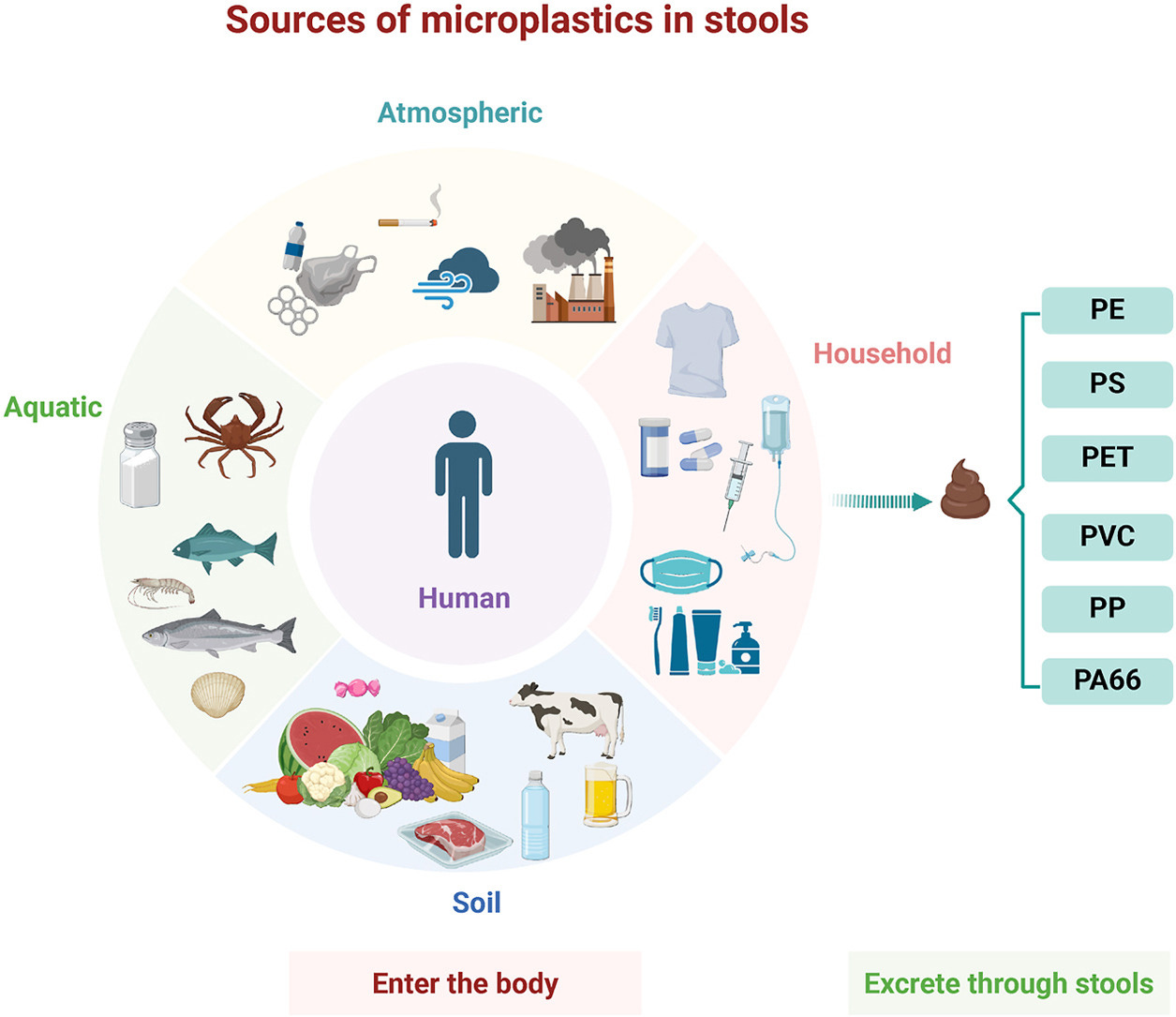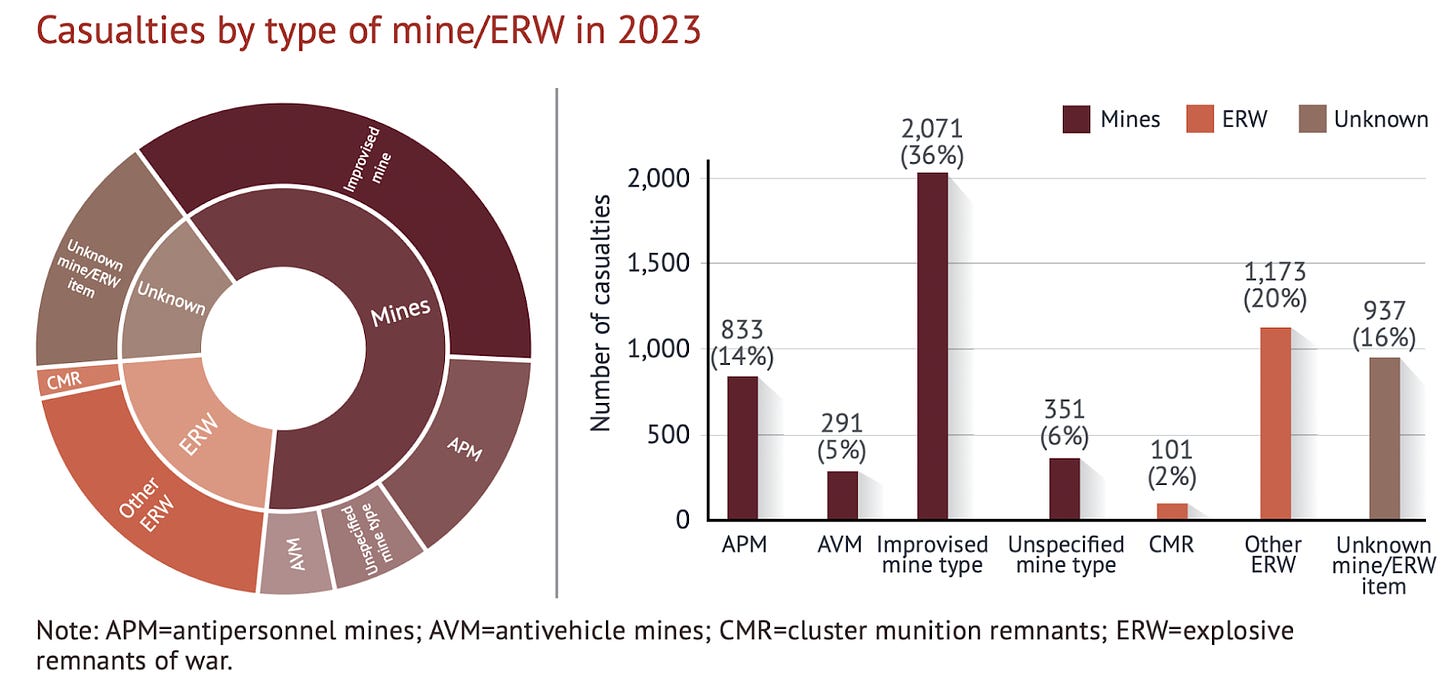Last Week in Collapse: November 17-23, 2024
A more violent world is being born before our eyes—and the world is crying out for help.
Last Week in Collapse: November 17-23, 2024
This is Last Week in Collapse, a weekly newsletter compiling some of the most important, timely, useful, soul-shattering, ironic, stunning, exhausting, or otherwise must-see/can’t-look-away moments in Collapse.
This is the 152nd weekly newsletter. You can find the November 10-16 edition here if you missed it last week. Thank you for subscribing to the Substack.
——————————
Experts are admitting what we all know is true: the 1.5 °C global warming target will not be hit. The ambition to limit heating is now “deader than a doornail” and 2024 is “going to be the hottest year by an unexpectedly large margin.” Dr. Jane Goodall has once again warned us that “We’re in the midst of the sixth great extinction…The sixth great extinction is happening now.” The world has once again turned the other way. And COP29 sputtered to its end with a last-minute soft climate finance pledge—to be reached in 2035.
A look into Oregon’s Harney Basin determined that “sustainable {water} pumping rates were surpassed 20 years before declining groundwater levels were generally recognized.” According to measurements, the Basin’s “water budget” has been declining for about 25 years, and hit an all-time low in 2024. Researchers are particularly concerned about unsustainable agricultural practices and their depletion of groundwater.
Yet another study examining the AMOC concluded that, if we achieve 2 °C warming, this ocean current will be about 33% weaker than it was in the 1950s, when it began to slowly change. Many previous AMOC projections did not factor in Greenland’s ongoing meltwater, which is also impacting the speed of warming in the Atlantic.
The Delaware River is at very low levels, and salt water has moved up the river much farther than usual. In the Philippines, Typhoon Man-yi swept across the north, displacing thousands of residents with 4m high water. A research assessment determined that just 1m of sea level rise would cause $1T of damage across just the Southeast U.S. coastline (from Virginia to Miami), and affect 14M+ people.
A recent article written by a university professor addresses the political challenges to establishing large underwater “curtains” to slow the melting of Antarctic glaciers. He believes that concerns about sovereignty and security make this geoengineering proposal a non-starter, despite its urgency. "In the current climate, with growing international rivalry and great power strategic competition, it would be an extremely unlikely diplomatic achievement to secure the level of international cooperation…required for the proposed glacial geoengineering infrastructures."
A study published in WIREs Climate Change examined 212 studies connecting climate change & conflict, and found “a climate change–conflict cycle that is negatively reinforcing, whereby violent conflict increases climate change vulnerability and feedback from climate change increases violent conflict vulnerability.” The researchers say that most of the previous studies rely upon a direct relationship between climate change & conflict, ignoring more indirect processes.
“The IPCC defines climate change as long-term alterations in temperatures and weather patterns. Climate change is not synonymous with climate variability, which is defined as the way that climate variables (such as precipitation and temperature) differ from an average…climate change is not synonymous with climate extremes….Definitions of conflict, by contrast, encompass notions of conflict intensity, level of social organization, and different actors and drivers….we used the concept of violent conflict to capture both high and low-intensity conflicts. Conflict can be violent (i.e., involves the use of physical or psychological force to act against individuals and/or groups), armed…and/or communal…This excludes other forms of conflict that may be impacted by climate change such as social conflict (e.g., protests, riots, or livestock theft), targeted assassination of environmental leaders often engaged in climate-related protest (e.g., anti-hydro infrastructure), and/or gang violence in urban contexts.”
A freshly published study found that warmer ocean surface temperatures increased hurricane wind speed by 18 mph (29 km/h) over the last 5 years alone. Giraffes were added to the endangered species list in the U.S. Tajikistan’s Minister of Energy announced “Over the past 30 years, out of 14,000 glaciers in Tajikistan, more than 1,000 glaciers of vital importance to the entire region have disappeared.”
Much of the U.S. is experiencing a “flash Drought”, and New York City declared a Drought for the first time in 20 years. Alberta is probably having its warmest fall ever. Madagascar’s lychee harvest has been crippled by early floods. Searing hot temperatures across the Middle East. And a number of record temperatures were recorded across East Asia and the Indo-Pacific. Mt. Fuji again saw a record-late snow-free summit.
As Peru’s mountain glaciers melt, the meltwater runoff is causing runaway pollution problems, since toxic minerals and chemicals are contaminating water sources. This phenomenon is called “acid rock drainage.” Some ponds have already become too acidic to treat.
Lake Erie set a new surface temperature for this time of the year: 57.1 °F (14 °C). Lake Michigan, meanwhile, was 53.5 °F, also a record—and several Fahrenheit degrees warmer than usual (47.2 °F). Lake Ontario also set new record heat for mid-November.
——————————
The Euro hit a 2-year low against the U.S. Dollar last week. Iraqi oil is reaching record export levels. Bolivia’s economy is set to crater—hard. Some analysts are again warning about high-risk securities. People and governments across the world are bracing themselves for a U.S.-China Trade War early next year, and try to imagine what it might look like.
Not long after Pakistan recorded all-time highs on the expanded Air Quality Index, Delhi’s air pollution levels maxed out at 1,500. (Levels of healthy-ish air range from 0-99, and masks are recommended at 150-300.)
Researchers are looking into the connections between Long COVID’s fatigue, and “post-viral fatigue”, an affliction which has been recognized for decades. A study in the Annals of Neurology found that younger/middle age adults (“adults in their prime”) tend to experience worse neurological symptoms than seniors. Meanwhile, another organization has settled on a definition for ‘Long COVID’: “an infection-associated chronic condition that occurs after Covid-19 infection and is present for at least three months as a continuous, relapsing and remitting, or progressive disease state that affects one or more organ systems.”
The U.S. detected its first child case of H5 bird flu in a California kid. Other countries are watching the U.S. as an example of how to address this pre-pandemic, and sweating. Scientists are alarmed.
“Dengue is really having its biggest year in history,” said one American health official. The U.S. confirmed about 7,300 dengue fever cases this year (so far), compared with 1,462 in 2023. Meanwhile, malaria is rampaging through Kano (pop: 4.5M), Nigeria, a large & famously anti-vaccine city.
A study conducted in three Chinese cities—Changsha (metro pop: 5M), Changchun (metro pop: 5M), and Shanghai (metro pop: 30M) compared microplastics concentrations found in human poop. “the total mass concentration of microplastics in stools was related to residential city, consumption of reheated food, and bottled water intake….Living location, reheated food consumption, and bottled water intake were factors influencing microplastic exposure.” 98.7% of samples contained microplastics. Researchers are also worried about how microplastics are interfering with other creatures’ diets.
Japan meanwhile unveiled its Atlas of Ocean Microplastics, an online database for tracking microplastic distribution. Some scientists say airborne microplastics may accelerate cloud formation. Irish authorities warned about microplastics in Dundalk Bay. Tire particles are particularly problematic, accounting for about one third of all microplastics.
Energy prices are expected to rise across Europe as oil & shortages unfold. Nigeria experiences 6.4 energy blackouts per week, reportedly. Although Myanmar has tried to shut down & censor its internet, sundry actors are using Starlink to remain connected—and wage War.
——————————
Protests in Montreal. Canada is allegedly bracing for a potential wave of migrants exiting the U.S. once Trump’s immigration plans materialize—although other waves of migrants are trying to enter the U.S. before his inauguration. China is reportedly seeing an increase in “revenge against society”-type, lone-wolf-style killings. In Pakistan, a terrorist attack killed 42 and injured others.
The UK is warning about future cyber attacks against NATO countries. According to an annual report, the number of casualties from landmines rose about 1,000 compared with last year.
Keep reading with a 7-day free trial
Subscribe to Last Week in Collapse to keep reading this post and get 7 days of free access to the full post archives.







